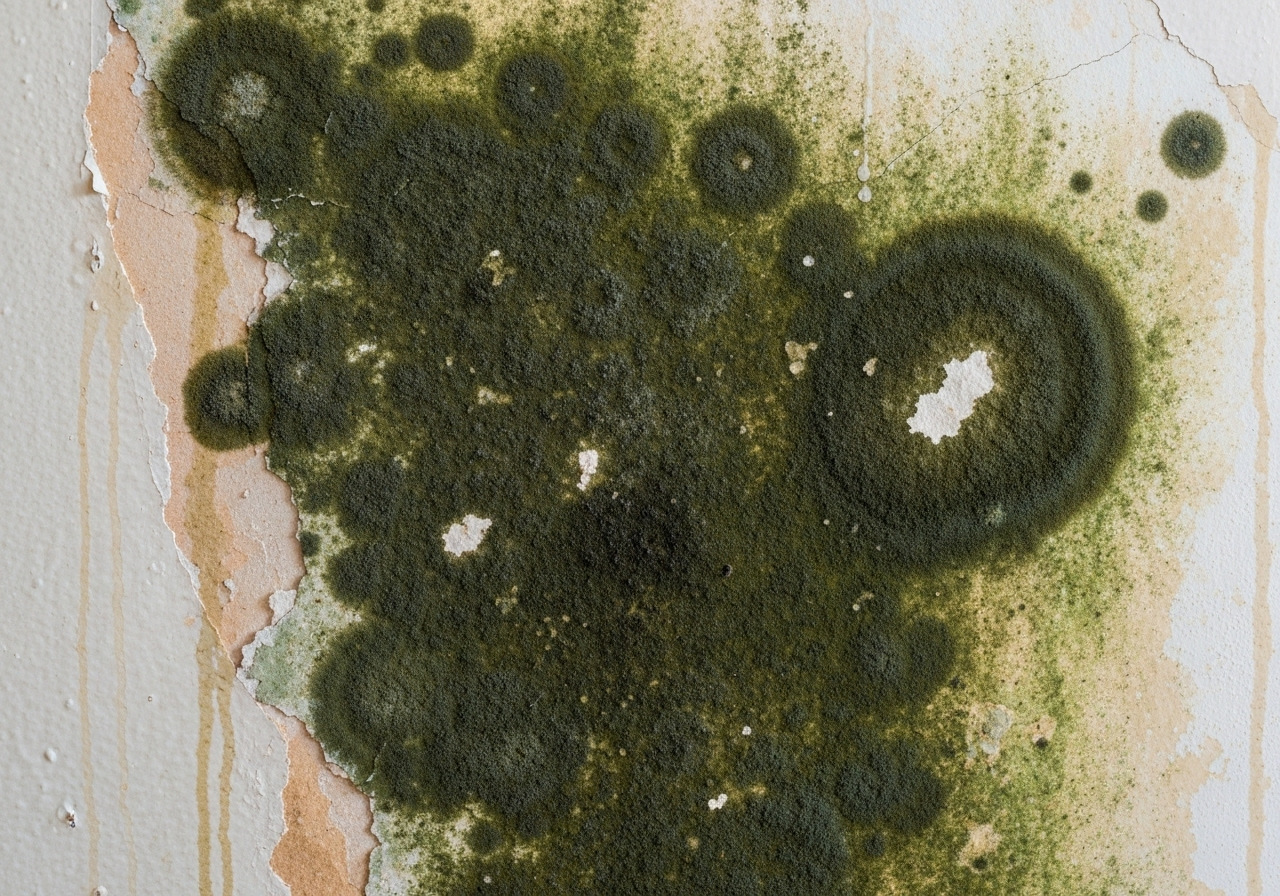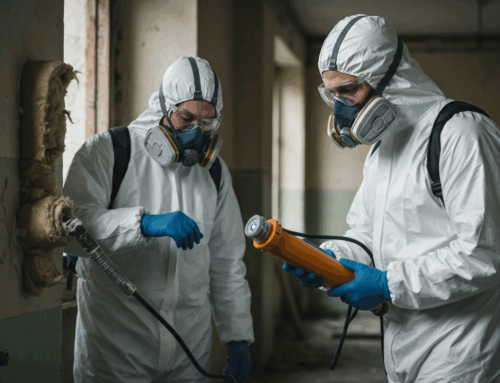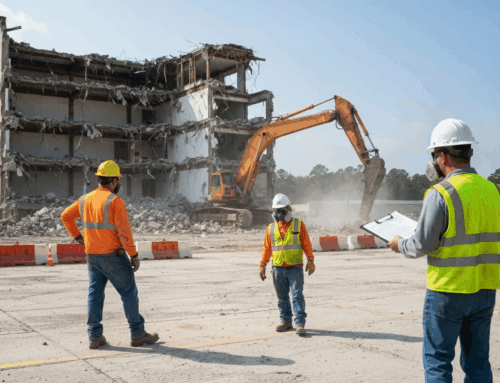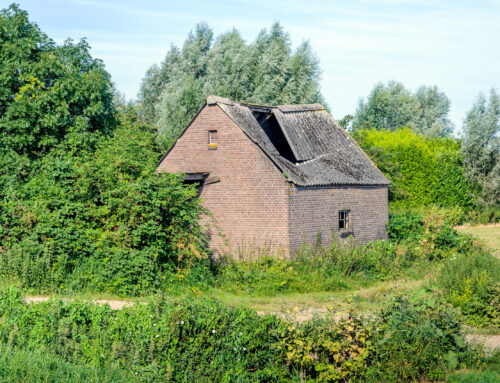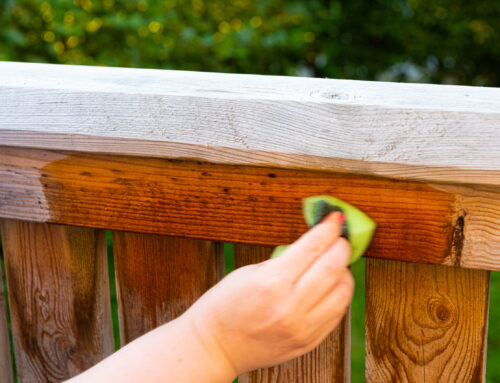Understanding Indoor Mold in South Carolina: An Introduction
Indoor mold is a pervasive concern for property owners across South Carolina. More than just an unsightly nuisance, the presence of mold within homes and businesses can pose significant health risks and lead to considerable property damage. Understanding what mold is, why it thrives in certain environments, and how it impacts indoor air quality is the first step toward effective prevention and remediation. Mold, a type of fungus, reproduces through tiny spores that are naturally present in the air both indoors and outdoors. When these spores land on a damp surface with an organic food source, they can quickly begin to grow and colonize, leading to the visible mold growth often associated with musty odors.
Why South Carolina’s Climate Makes Properties Susceptible to Mold
South Carolina’s unique climate plays a critical role in its susceptibility to mold growth. The state is characterized by long, hot, and humid summers, often coupled with frequent rainfall. This high humidity creates an ideal breeding ground for mold spores to flourish. When outdoor humidity levels are consistently elevated, it can lead to increased indoor humidity, especially in poorly ventilated areas or spaces where moisture control is lacking. Common culprits for moisture issues in South Carolina properties include:
- High indoor humidity due to climate or lack of proper ventilation.
- Leaky roofs, pipes, or foundations that introduce water indoors.
- Flooding events, which can quickly saturate building materials.
- Condensation on cold surfaces like windows or pipes.
- Damp crawl spaces or basements, prevalent in many SC homes.
These factors combine to create an environment where mold can not only take hold but also spread rapidly, often remaining undetected behind walls or under flooring until the problem becomes severe.
The Hidden Dangers of Indoor Mold: Health Risks and Property Damage
The presence of indoor mold extends beyond aesthetic concerns, presenting serious health risks and potential structural damage to properties. From a health perspective, mold exposure can trigger a variety of symptoms, particularly in individuals with sensitivities or compromised immune systems.
Common Health Issues Associated with Mold Exposure:
- Respiratory problems, including coughing, wheezing, and shortness of breath.
- Allergic reactions such as sneezing, runny nose, red eyes, and skin rash.
- Asthma attacks in individuals with existing asthma.
- Headaches and fatigue.
- Irritation of the eyes, nose, throat, and skin.
Beyond health, mold actively consumes organic materials like wood, drywall, insulation, and fabrics, leading to their deterioration. Over time, this can compromise the structural integrity of a building, necessitating costly repairs. Mold damage can also diminish property value and lead to unpleasant, persistent odors.
Spotting the Signs: How to Identify Mold in Your SC Home or Business
Identifying mold early is crucial for mitigating its impact. While some mold growth is visible, often appearing as black, green, or white fuzzy patches, it frequently lurks in hidden areas. Here are key indicators that mold might be present in your South Carolina property:
- Musty Odor: A strong, earthy, or musty smell is often the first and most reliable sign of hidden mold growth. Even without visible mold, a persistent musty odor indicates a problem.
- Visible Growth: Look for discolored patches on walls, ceilings, floors, or around windows. Mold can appear in various colors and textures.
- Water Damage: Any signs of past or current water intrusion, such as stains, peeling paint, or warped materials, increase the likelihood of mold.
- Health Symptoms: Unexplained allergic reactions, respiratory issues, or persistent cold-like symptoms that improve when you leave the property can point to indoor mold.
- Condensation: Excessive condensation on windows, pipes, or walls can indicate high humidity levels, creating an environment ripe for mold.
If you suspect mold, especially if you experience health symptoms, a professional inspection is highly recommended to accurately assess the extent of the problem and identify its source.
DIY vs. Professional: Why Expert Mold Remediation is Essential for Safety
When faced with indoor mold, many property owners consider DIY removal. However, for significant mold growth, professional mold remediation is not just convenient but often essential for safety and effective eradication.
Risks of DIY Mold Removal:
- Incomplete Removal: Without proper training and equipment, it’s easy to miss hidden mold or fail to address the underlying moisture issue, leading to recurrence.
- Health Exposure: Disturbing mold without appropriate personal protective equipment (PPE) can release large quantities of spores into the air, increasing personal exposure and potential health risks.
- Cross-Contamination: DIY methods can inadvertently spread mold spores to other areas of the property, worsening the problem.
- Lack of Expertise: Professionals understand different mold types, their growth patterns, and the best techniques for safe containment and removal, as well as proper disposal of contaminated materials.
Professional remediators use specialized equipment, including HEPA vacuums and air scrubbers, and follow strict protocols to contain the affected area, safely remove mold, and prevent its return. They also address the moisture source, which is critical for long-term prevention.
Piedmont Quality Air’s Comprehensive Mold Remediation Process
Piedmont Quality Air is dedicated to providing thorough and effective mold remediation services to protect the health and safety of South Carolina property owners. Our comprehensive process is designed to address mold at its source and restore your environment to a healthy state.
- Initial Assessment and Inspection: Our trained professionals conduct a detailed inspection to identify the extent of the mold growth, its type, and, crucially, the underlying moisture source. This step is vital for developing a targeted remediation plan.
- Containment: To prevent the spread of mold spores to unaffected areas, we establish containment barriers using plastic sheeting and negative air pressure. This isolates the contaminated zone.
- Air Filtration: High-efficiency particulate air (HEPA) filters and air scrubbers are utilized to continuously clean the air, capturing airborne mold spores and improving indoor air quality.
- Mold Removal: Affected materials, if non-salvageable, are safely removed and disposed of according to industry standards. Surfaces are cleaned using specialized antimicrobial agents to eliminate mold colonies.
- Drying and Dehumidification: We thoroughly dry the affected areas and implement dehumidification strategies to remove excess moisture, preventing future mold growth.
- Post-Remediation Verification: Once the remediation is complete, we conduct a final inspection to ensure that the mold has been successfully removed and the environment is safe.
- Restoration: We assist with restoring any damaged structural elements or contents, returning your property to its pre-mold condition.
Our team adheres to federal and state regulations, ensuring a safe and compliant remediation process from start to finish.
Proactive Strategies to Prevent Mold Growth in South Carolina Properties
Preventing indoor mold in South Carolina properties requires a proactive approach, focusing primarily on moisture control. By implementing these strategies, property owners can significantly reduce their risk of mold infestations:
- Control Humidity Levels: Use dehumidifiers, especially during humid months, to keep indoor humidity between 30-60%. Ensure proper ventilation in bathrooms, kitchens, and laundry rooms.
- Address Leaks Promptly: Fix any leaky roofs, pipes, or faucets immediately. Even small drips can lead to significant mold growth over time.
- Improve Ventilation: Ensure adequate airflow throughout your home or business. Open windows when weather permits, and use exhaust fans. Consider improving ventilation in crawl spaces and attics.
- Clean and Dry After Water Damage: In the event of floods or leaks, thoroughly clean and dry all affected areas within 24-48 hours to prevent mold from taking hold.
- Maintain Gutters and Drainage: Ensure gutters are clear and downspouts direct water away from the foundation to prevent moisture accumulation around your property.
- Proper HVAC Maintenance: Regularly inspect and clean your HVAC system, including air ducts, to ensure it’s not a source or distributor of moisture or spores.
Consistent vigilance and maintenance are key to keeping your property mold-free.
Protect Your Property and Health: Schedule Your Free Mold Estimate Today
The dangers of indoor mold are undeniable, impacting both the health of occupants and the structural integrity of your South Carolina property. Don’t let hidden mold compromise your peace of mind or your investment. Early detection and professional remediation are crucial steps to safeguard your environment. Piedmont Quality Air offers comprehensive mold remediation services, backed by experienced professionals and a commitment to safety and thoroughness. We are here to help you identify, remove, and prevent mold, ensuring a healthier living or working space for you, your family, or your employees.
If you suspect mold in your home or business, or if you’ve experienced water damage, taking swift action can prevent minor issues from escalating into major problems. Trust the experts to restore your indoor air quality and protect your property.
Ready to connect? Visit our Contact Us page today!

